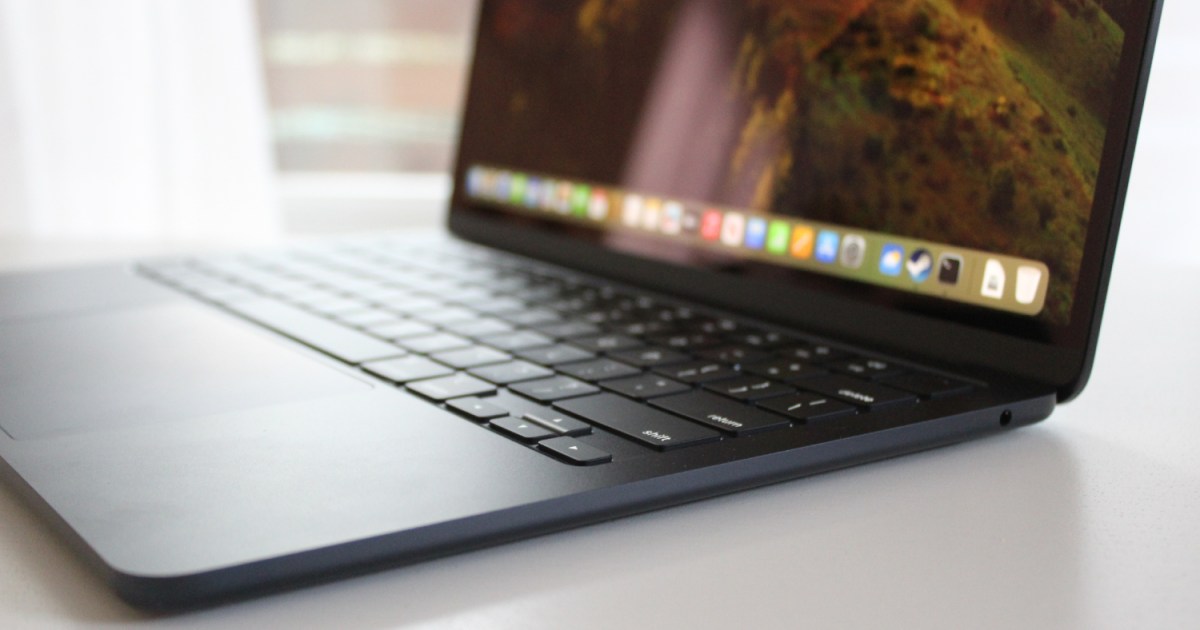ZDNET’s key takeaways
- The Suunto Race Titanium sports watch is available in two colors for $549. Three stainless steel color options are available for $449 each.
- The GPS tracking is nearly perfect, the battery life is outstanding, and the AI coaching is useful for optimizing your performance.
- However, the heart rate results are poor when exercising; there’s only one size available, and the compass needs regular calibration.
It’s been over 11 years since I last used a Suunto sports watch. I loved my Suunto Ambit, which I used to track running and biking, but I haven’t tried a Suunto device since. Given the recent developments from the brand, however, I wanted to test out its latest line of wearables and see how they matched up to Garmin, Coros, Apple, and the other big names on the market.
Also: The best sports watches
For the past month, I’ve been testing one of its newest watches, the Suunto Race, and it’s one of the best GPS sports watches I have used in this price range. It shines with accurate location tracking, useful health/wellness data, and solid hardware. There are a few areas for improvement, but the reasonable price makes it easier to accept compromises, especially with the assumption that future software updates can streamline its performance.
The Suunto Race is available in a steel and titanium model, priced at $549, and three stainless steel colors which are $100 cheaper. I evaluated the $549 Titanium Charcoal model, and it is a very attractive sports watch with a silver and black color scheme, two buttons, and a rotating crown on the right side. The watch has a 49mm diameter and weighs just 69 grams.
Perhaps its most striking visual feature, though is the sapphire crystal glass face with lovely 1.43-inch AMOLED display. Finding these high-end materials with an AMOLED display usually costs hundreds more than Suunto charges, making this one of the most compelling AMOLED GPS sports watches available today.
I’m not satisfied with the 22mm strap that was included, though, as the last pin keeps popping out of the opening in the band. Thankfully, 22mm is a common strap width so I can replace it with a new band from Amazon.
About the display: most sports watches now have AMOLED displays, and this brilliant technology tends to drastically reduce battery life. I’ve been impressed with the battery of the Suunto Race, however. After 2-3 workouts on top of 24/7 wear, the watch easily lasts over a week. This is in line with what Suunto advertises, which estimates about 40 hours of juice with GPS tracking and everything else on. Unfortunately, the watch charges via USB-A cable, which seems a little outdated.
During my month of testing, I ran with four different watches to compare location tracking and heart rate performance. The Suunto Race performed extremely well with location tracking, thanks to its dual frequency, multi-band support.
However, heart rate tracking results showed higher heart rate readings than I’ve ever seen, including an obviously inaccurate reading of nearly 190 bpm, where other watches showed 30 bpm lower. If I were to use the Suunto Race as my primary sports watch, I would have to use an external heart rate sensor paired to the watch for better accuracy. This type of poor performance has been present on other watches before, and has been corrected with updates, so I am hopeful Suunto can address this issue in the near future.
Also: My favorite bone conduction headphones have 3 invaluable safety features
Other data such as sleep tracking, HRV measurements, training load, and recovery metrics matched much closer to other watches I’ve been testing. I quickly picked up the watch user interface and found the rotating crown button to be useful for scrolling through lists, selecting to open more details, and moving around the colorful maps. I even found the bright AMOLED display to be useful even though I would love to have some brightness controls and red light options.
The Suunto smartphone app is well designed and provides one of the best user interfaces I have seen from a sports watch brand. It provides key weekly stats at a glance, while colorful, detailed results are just a tap away.
The software Integrates TrainingPeaks metrics and guidance, and AI-based coaching helps you attack your progress and recovery goals. Features like this prove that smartwatch makers need to provide more practical guidance to compete with GPS watch brands.
ZDNET’s buying advice
It has been a long time since I’ve considered a Suunto sports watch, but it seems my timing to return was perfect with the extremely compelling Suunto Race. The optical heart rate performance needs work, but there is plenty to like with the affordable price, brilliant AMOLED display, exhaustive smartphone application, and useful coaching guidance. Its impressive battery life, accurate location tracking, and durable hardware make this a GPS sports watch to seriously consider.







